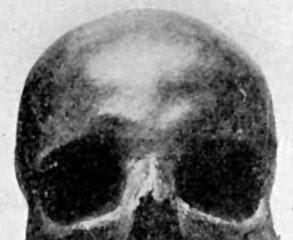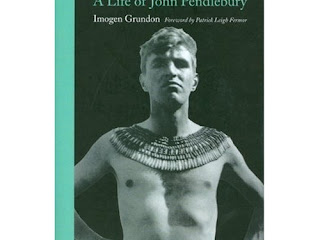The Mycenaean civilization, which reached its peaked between 1500 and 1200 BC, was the first great civilization on the Greek mainland.
Mycenaean civilization ruled by kings who inhibited places enclosed within massive was in easily defensible hilltops.
By the time they invaded Crete, the kings had strongly fortified these palaces, suggesting that theirs was a more warlike society.
Mycenae’s power was complete when a volcanic eruption in Crete weakened the power of the kingdom, which had been Mycenae’s main power rival.
The civilization of Crete began to decline after 1628 BC though a series of disaster. First volcanic island of Thera exploded, sending massive tidal wave to crash into the northern shore of Crete.
Crete war with the mainland Mycenaeans eroded wealth, and in 1450 BC, Mycenaean swept through Crete.
The Mycenaean colonization of Crete lasted from 1400 to 1100 BC. Knossos probably retained its position as capital of the island, but its rules were subject to the the mainland.
The Cretan places were not fortified . Conditions were evident regularly peaceful on Crete. The priest kings of Crete dwelt secure in comfortable. Rambling places, brightly colored and open to the warm sky.
From 14th century BC, roughly in the same period that the society on largely collapsed due to warfare and invasion, massive Cyclopean walls were erected at Mycenae, presumably replacing less impressive fortification.
Cyclopean architecture seems to have evolved in the Greek Argolid, is very notable in Mycenean architecture.
After the fall of Crete, Mycenaeans expanded their sphere of influence across the Mediterranean.
Mycenaean War with Crete
Mycenaean civilization ruled by kings who inhibited places enclosed within massive was in easily defensible hilltops.
By the time they invaded Crete, the kings had strongly fortified these palaces, suggesting that theirs was a more warlike society.
Mycenae’s power was complete when a volcanic eruption in Crete weakened the power of the kingdom, which had been Mycenae’s main power rival.
The civilization of Crete began to decline after 1628 BC though a series of disaster. First volcanic island of Thera exploded, sending massive tidal wave to crash into the northern shore of Crete.
Crete war with the mainland Mycenaeans eroded wealth, and in 1450 BC, Mycenaean swept through Crete.
The Mycenaean colonization of Crete lasted from 1400 to 1100 BC. Knossos probably retained its position as capital of the island, but its rules were subject to the the mainland.
The Cretan places were not fortified . Conditions were evident regularly peaceful on Crete. The priest kings of Crete dwelt secure in comfortable. Rambling places, brightly colored and open to the warm sky.
From 14th century BC, roughly in the same period that the society on largely collapsed due to warfare and invasion, massive Cyclopean walls were erected at Mycenae, presumably replacing less impressive fortification.
Cyclopean architecture seems to have evolved in the Greek Argolid, is very notable in Mycenean architecture.
After the fall of Crete, Mycenaeans expanded their sphere of influence across the Mediterranean.
Mycenaean War with Crete






